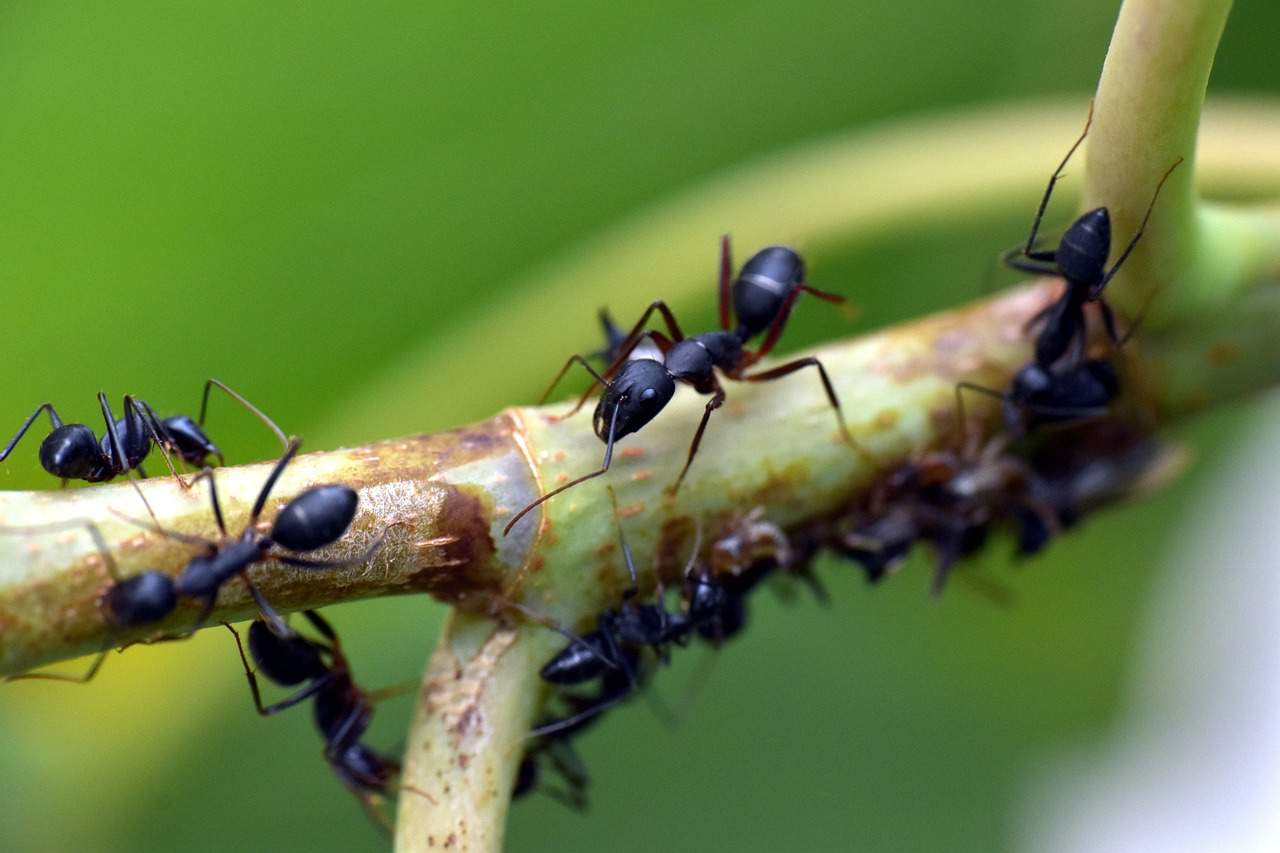Ants scampering around in woodlands remain largely invisible to the casual observer, yet that does not mean their actions on the forest floor truly go unnoticed. They are manifested in a dazzling array of wildflowers in spring with trillium, wild ginger, violets and bloodroot all testament to their tireless works.
Some aphaenogaster species, as these ants are scientifically known, play vital roles in plant diversity in forests, according to newly published research. They do this in part by dispersing seeds far and wide.
“Not a lot of people have heard of them, but they are the powerhouse of moving seeds and called ‘keystone dispersers,’” notes Carmela Buono, a doctoral candidate in biological sciences at Binghamton University in the United States who led the research.
Many understory plant species such as flowers rely on a mutual relationship with ants to disperse their seeds and the northeastern part of North America is a hotspot for this form of ant-plant mutualism, Buono and her colleagues have found.
“These plants evolved with seeds that have an appendage rich in fats attached to them and that’s very attractive to woodland ants,” the scientist says. “Ants need fats just as much as protein and sugar, and it’s hard to find foods rich in fats in the forest.”
Woodland ants, which live in logs, in forest leaf litter and underneath rocks, explore their environs in search of these fatty seeds, which they haul back to their nests where they protect them from rodents and other animals.
“Once the fatty appendages are consumed, the ants, in a kind of insect housekeeping, remove the seeds from the nest, dispersing them far from the original plant,” the scientists explain.
It is a mutually beneficial arrangement for both the plants and the ants.
“There are so many interesting, intricate parts of this interaction depending on the types of seeds ants prefer, so you can get this beautiful mixing of flower species in forests,” Buono says.
This relationship is especially pronounced in old growth forests with a greater diversity of species, which secondary forests, created on former agricultural land, often lack because of their different topography. The floor of these newer forests tends to be littered with pits left by the roots of toppled trees lifted out of the ground and mounds created by extracted root and soil.
“Species within the two types of forest are also different, with quick colonizers moving into younger woodlands. An established forest often features a greater number of shade-tolerant plants in the understory,” the scientists behind the research say.
Among those colonizers in regenerated forests are invasive slugs with which woodland ants need to compete for fatty seed appendages. These slugs often live near the edges of forests near open meadows and farmland.
“There are slightly fewer woodland ants in secondary forests, perhaps owing to their displacement during years of agricultural use. Differences in forest canopies and the amount of light that reaches the forest floor could also play a role, but that has yet to be explored,” the scientists say.
Insights such as these are crucial for effective conservation efforts, which is why we should not overlook the role of insects such as ants in biodiversity.
“Ants are beneficial,” Buono stresses. “They’re not as charismatic as butterflies or bees that help pollinate flowers, but they are just as important.”
This story first appeared on Sustainability Times
Photo: Pixabay/SandeepHanda
© 2023 Sustainability Times.
This article is licensed under a Creative Commons Attribution-ShareAlike 4.0 SA International License.












